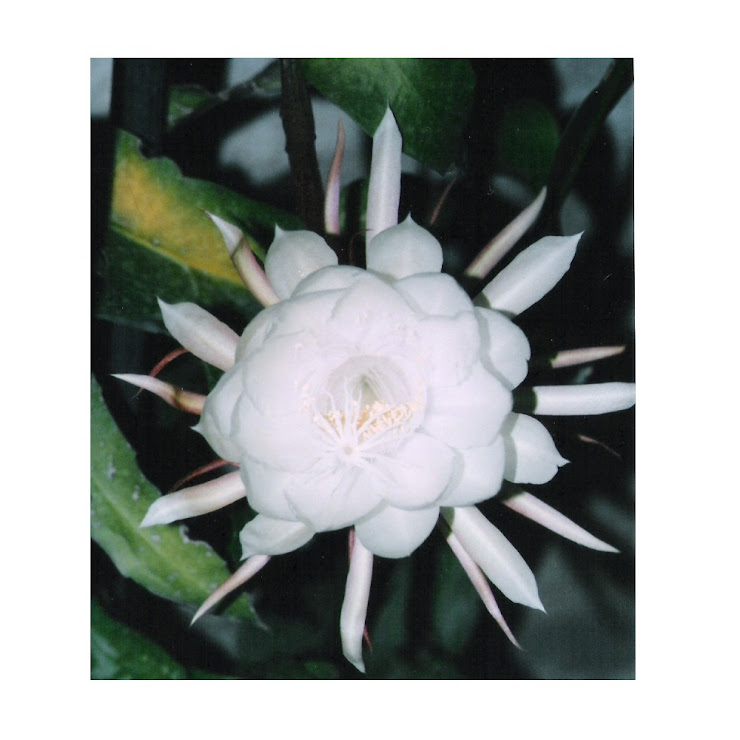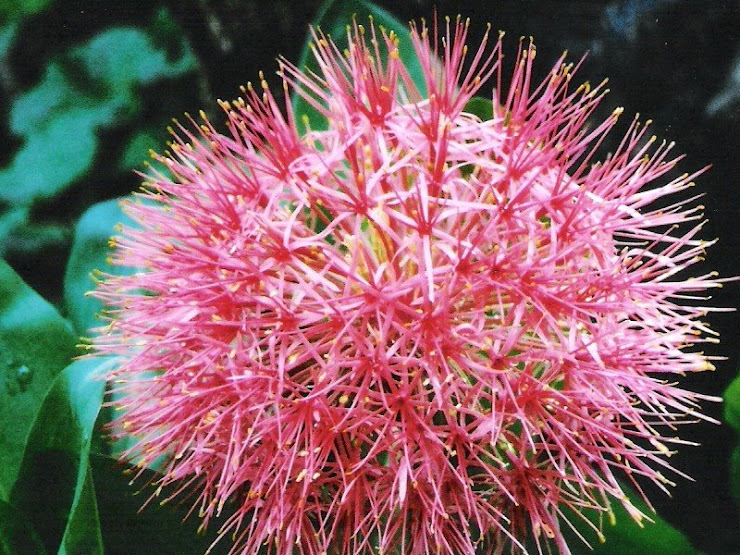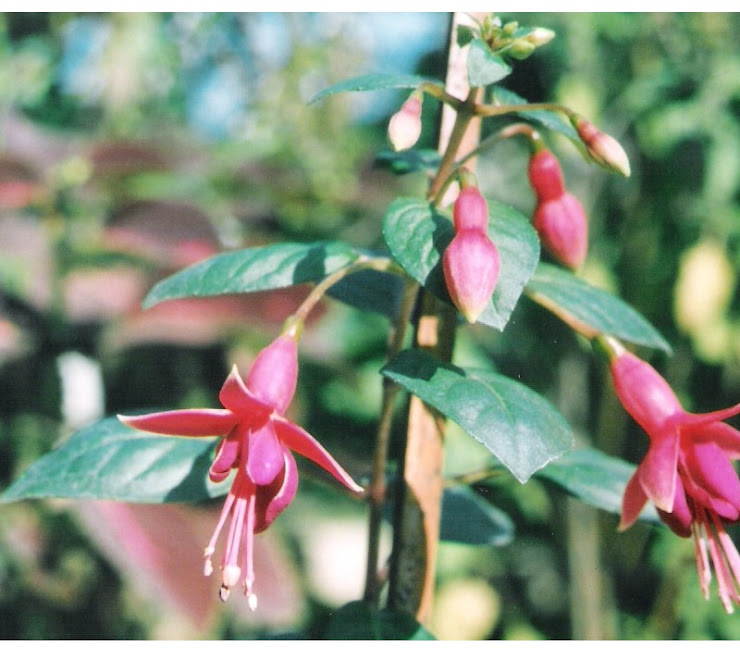
Grapes can be grown worldwide in climatic zones ranging from temperate to tropical locations. Grapes grow best under long, hot, dry rainless summer months with adequate sunshine. The cold months of winter should be around 10-15˚ C to induce dormancy in the vines.
Some varieties like the Perlette which is an early ripening variety require lot of sunshine. Dry weather during the flowering, fruit development and maturity is essential for the production of high quality grapes. Early rains results in splitting of the grape berries. Long duration of moist weather at the ripening stage favour growth of fungal diseases
SOIL REQUIREMENT
T ideal soil for grape cultivation is sandy loam, well drained, fairly fertile with lots of organic matter. Salt affected, nematode infested and water logged soils are not recommended for grape cultivation.
RECOMMENDED VARITIES
The recommended verities are as under:
PERLETTE
This variety is most suited to our climate. It has seedless firm, crisp, juicy and light amber coloured berries and the bunch is medium to large in size. The fruit ripens in the first week of June and the average yield is 25 Kg per vine.
BEAUTY SEEDLESS
This variety is suitable for warmer locations. The berry is seedless, medium, bluish black in colour. The keeping quality is very low. The fruit ripens in the first week of June and the average yield is 25 Kg per vine.
FLAME SEEDLESS
This variety can be grown in most locations but are more suitable in places which receive late rains. The bunch is medium and well filled. The berries are seedless, firm, crisp, light purple in colour at maturity. For obtaining uniform colour treat the bunch with a spray of 400 PPM OF “ETHEPHON” the time the fruit commences to get the coilour. The average yield is 27 Kg per vine.
PROPAGATION
The best cuttings are from the middle portion of one year old canes. The cuttings should be selected during December to January from vines which are disease free and have no attach of insects and nematodes.
The cuttings should be 30-40 cm long and have a diameter of about 0.50 cm. Ensure that it has 3-4 buds. The basal cut should be 2-3 cm below the node and straight. The top cut should be slanting and 2-3 cm above the node. The cuttings should be planted in February in well prepared beds. Keep one third portion of the cutting above the ground and the burry the remaining two thirds into the soil.
PLANTING
The cuttings would take about 2-3 months for proper root formation. These cutting are ready by December and should be for transplanted in to the fields between middle of January to first fortnight of February before they start sprouting. Dig pits 1 x 1 meter and fill these with 50 Kg farmyard manure mixed with the soil. Apply water for a few days. Then apply 5 ML Chlorpyriphos 20 EC mixed in 2 Kg of the soil to each pit to avoid damage by the white ants. The recommended planting distance is 3 x 3 meter.
TRAINING AND PRUNING
The vines should be trained on Bower System. The lower vine stem up to the height of the bower should be kept as a single stem by pinching he axillary shoots on the trunk of the vine up to 15 cm below the level bower. Select two laterals at the top and train them to grow at opposite direction. They are the primary arms. Allow these arms to grow three pairs each in the opposite direction on the wire. These are the secondary arms. The length of the primary and the secondary arms should be kept at maximum length of 1.5-4.00 meters. This is important since to much wood is not good for the development of fruiting canes.
Pruning is best carried out from mid January to the first week of February as the vines are still in the dormant stage.
In case some of the vines are badly trained earlier, these can be retrained by removing the faulty limbs.
In case of old woody vines, cut the vine up to ground level during the dormant season but ensure that you retain one shoot emerging from the vine near the ground level. This single shoot is then trained just like the a new plant.
The recommended pruning practice is as under:






The full quantity of Farmyard Manure and Superphosphate along with half the quantity of Urea and Muriate of Potash after the pruning. The balance quantity should be applied in April after the fruit setting. Do not exceed the fertiliser application since this results in excessive vegetative growth and lower yield.
WEED CONTROL
Weeds before emergence can be controlled with an application of Hexuron 80 WP (Diuron) 1.2 Kg per acre in the first fortnight of March after the soil has been dug up properly. Post emergence weeds can be eliminated by applying a spray of Glycel 41 SL (Glyphosphate) or Gramaxone 24 WSC (Paraquat) 1.6 liters per acre in 200 liters of water.
QUALITY IMPROVEMENT OF GRAPES
The quality of grapes can be improved as under:
1. Thinning of flowers buds a week before flowering. Leave about 100-120 flowering buds per panicle.
2. When the berry size is 4 mm, girdle the vine by removing a 4 mm wide ring of the bark from the main stem and dip the clusters in 40 ppm GA. While girdling ensure that the wood is not injured and also that no bark remains attached to the wood. Prepare the 40 ppm GA solution by dissolving 1 gm of it in 50 ml of ethyl alcohol and then increase the volume to 25 liters ow clean water.
3. Give a second treatment of GA after seven days.
4. The field should have sufficient moisture during girdling and for the next three weeks.
5. The crop must be harvested once the TSS content has reached the requisite level.
6. Apply foliar spray of Potassium Sulphate 15 percent one week after fruit setting, followed by a second spray at colour break stage. This will improve the quality as well as the colour.







1 comment:
I am into grape growing in my small backyard garden. Do you suggest I go in to it. There is a shade portion which is available, will the grapes love it!
Post a Comment